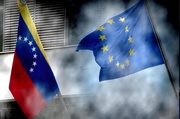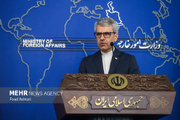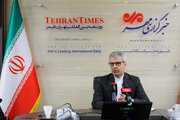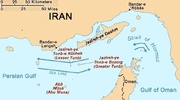Disappointing economic statistics and the crucial need to create more jobs and increase production in the downstream chain necessitate a precise analysis of the petrochemical industry and the important role it can play in eradicating stagflation.
Despite the promising outlook for bringing the National Iranian Petrochemical Company back on track, the new managerial team must take some influential factors into consideration.
There are two key questions, and how they are addressed will significantly affect the outcome.
First of all, will the NIPC adopt a rational approach to the targeted subsidy plan?
The plan’s focus is on the price of hydrocarbon products. Most of these products are used in the form of fuels burned in cars and pollute the atmosphere. It is estimated that only five percent of hydrocarbon products are delivered to petrochemical companies and transformed to value-added products. Therefore, it is important to note that increasing production in the South Pars gas field without developing the petrochemical industry will not yield the desired results for Iran’s economy and will cause more opportunities to be lost.
In addition, the new administration must be wise enough to differentiate between fuels and petrochemical feedstock. They must regard such products as a commodity for petrochemical plants and remember that increasing feedstock prices will weaken the competitive advantage of the petrochemical sector and decrease its rate of development.
The Islamic Consultative Assembly Research Center published a report in May that said the NIPC exported 18.2 million tons of petrochemicals in Iranian calendar year 1391 (March 2012-March 2013), and the value of the exported petrochemicals was about $14.7 billion. However, according to Customs Administration statistics, fuel products and liquefied petroleum gas (LPG) -– which are not exactly the outputs of petrochemical processes -– accounted for 6.25 million tons of these exports. Thus, if we subtract the LPG and other fuel products, it can be concluded that the NIPC has exported 11.95 million tons of products for $8.5 billion in revenues. By doing the math, we see that the NIPC has earned 806 dollars for each ton of exports. However, the average price of feedstock is estimated to be greater than that. Qolamhossein Hassantash, the former head of the Institute for International Energy Studies, calculated the price of naphtha, which is a major feedstock, to be around 860 dollars per ton in an interview with Iran’s Khabar Online, according to the Iran Energy Balance Sheet. Thus, the high feedstock price compared to exportation revenue is not a positive development, and it illustrates the need to adopt a comprehensive approach to the targeted subsidy plan and the efforts to increase the productivity rate of petrochemical plants.
This brings us to the second question. Will a wise decision be made on privatization?
Neglecting the integrated nature of the petrochemical industry and relations between NIPC plants, previous administrations tried to accelerate privatization. Although, they formed the Persian Gulf Holding Company and offered its shares on the stock exchange, many executives and experts criticized the move, saying it damaged the international brand of the NIPC, which is the second leading producer in the Middle East. Therefore, it seems that it would be more logical for the new administration to adopt an integrated approach to privatizing the industry. However, the government must also provide real private companies the opportunity to actively participate in the petrochemical industry and provide incentives for them to increase their technological and industrial capabilities. For example, tax breaks might be good incentives to encourage the private sector to participate in the development program.
Thus, if the NIPC plans to accelerate its development program and consequently create more jobs and revenue, it will be necessary to provide discount prices for sales of feedstock in the downstream chain and tax breaks for investors in development projects.
ME/HG
MNA
END
MNA
END

























Your Comment